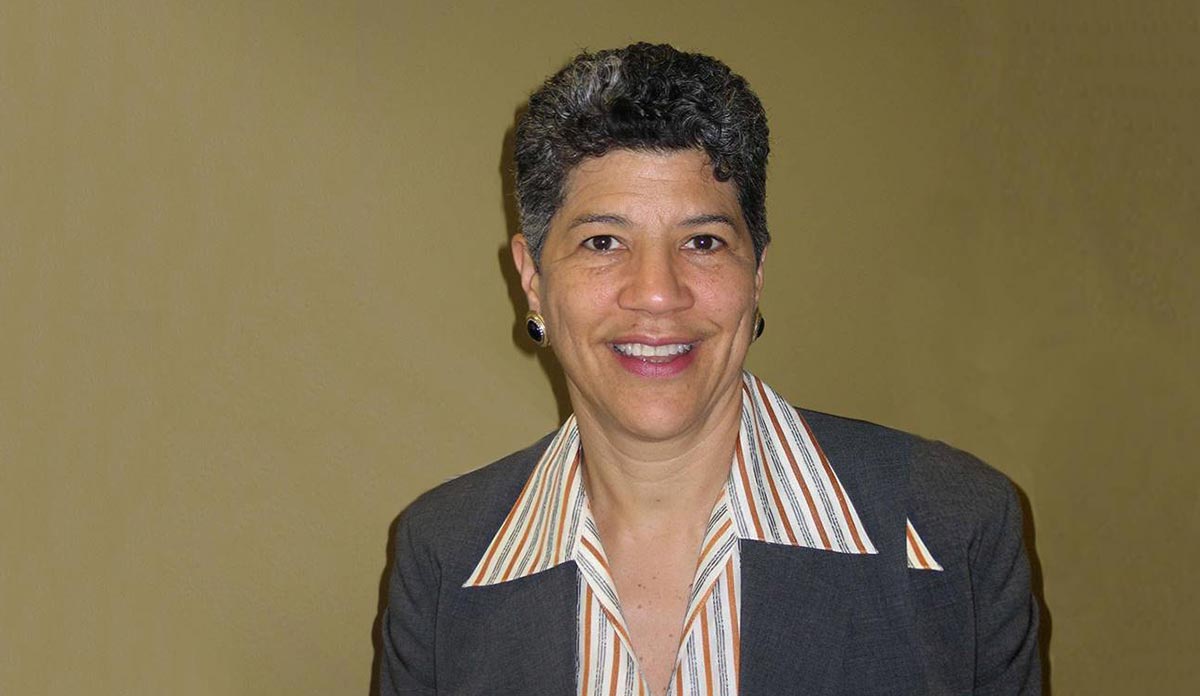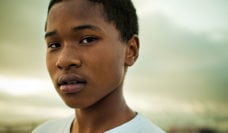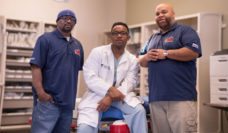Dr. Prothrow-Stith sat down with PHP Fellow Sampada Nandyala to discuss best practices in violence prevention for public health professionals.
PHP: What is the role of a public health professional in making sure children who experience trauma are not overlooked, and how best can we help prevent violence?
Deborah Prothrow-Stith: That’s a very important question because the kids who are “in the thick,” or in the middle of a lot of risk factors for violence, are kids we know. The question is what should be done and whose responsibility is it? This falls under secondary prevention for public health. We do pretty good primary prevention and we spend a lot of money on tertiary prevention for violence, which is really the intervention or the jail part of it. But we don’t spend a lot of time or resources on the secondary kids in the thick of it. These are kids who are getting stitched up in the emergency rooms, they are the younger siblings of those adjudicated in court, getting expelled from schools. With attention, they could be helped not only to heal from some of the pain and anger they have, but really to view life differently and take different paths.
Whose responsibility is it? Is it the social worker, is it the public health practitioner, is it the doctor in the emergency room? The teacher or the principal expelling the kid? Is it the police officer who sees the kid hiding in a closet when there’s been a call for a domestic violence episode? I think we have to say it’s everyone at this point. Big Brothers Big Sisters is a best practice—it’s been rigorously evaluated. So, there are some things that we know to do, but I don’t think we understand the role of fear, for instance, and I think a lot of what is happening in the lives of these kids is fear.
I don’t think we understand the role of fear, for instance, and I think a lot of what is happening in the lives of these kids is fear.
Do you have any ideas for ways we can improve violence prevention?
I do think we could learn from those who are working with these kids from a family perspective. For instance, if a young person is murdered and has siblings, the parents in that family are actively working to keep those siblings healthy to deal with that anger, pain, and fear. They are probably closer to being experts at it than providers. So, I think we could learn from them. I think there are some basic practices with grief and helping people handle grief that could be applied and adapted for families in which there’ve been homicides.
We know there’s a very high rate of divorce in these families, and that there are significant somatization episodes of physical problems and that they aren’t being helped by our traditional systems. Most doctors and nurses don’t even ask if somebody’s been killed that you love. It’s a problem that you don’t recognize all the time, and when you do, you don’t really have a plan. I think we learned with physicians in particular that, if there is no plan for the problem, then they are unlikely to write down that there is a problem.
Last year, at a conference hosted by Charles R. Drew University of Medicine and Science, you discussed language surrounding violence, providing an instance in which you were speaking to a mother who recently lost her son.
Yes, I said to her, “I’m so sorry you lost your son,” and she answered, “He’s not lost, he was murdered.” This mother said to me, “Say murdered. You need to say that and you need to claim that and know that he was murdered. Because if I lost him, I’d find him.” I found that quite powerful.
It definitely opened my eyes to how important language is, and how much it matters when we use the correct language to approach these uncomfortable moments.
This is not so much about the language but the emotion that I had to recognize and understand as I worked with survivors, particularly parents whose children were murdered. I found myself listening to their stories and thinking, “My son wouldn’t be there at three in the morning,” or, “My daughter wouldn’t go out with a guy like that.” I was listening for reassurance that I wasn’t going to experience that violence in my own life.
Once I understood the level of impact that violence in the family or violence in the neighborhood has on the people in the neighborhood, I was able to move away from the notion that somehow this was another group over there that was prone to violence. Certainly different kinds of violence can be concentrated in different demographic groups, but the experience of violence is much more universal than we want to acknowledge.
…the experience of violence is much more universal than we want to acknowledge.
Your book Sugar and Spice and No Longer Nice is about girls and women who perpetrate violence, which is often overlooked. How can we improve how we communicate about violence prevention with specific groups?
We have been marketing violence to boys for centuries. You have to be the superhero. You have to solve the problem, you have to be tough, you have to give it, and you have to give it worse than you take it. But I’d say, in the last three decades, we’ve actually been marketing violence to girls as well, and it has had an impact on their behavior. Right now, I think we’re witnessing a level of aggression among girls that reflects this marketing.
How has violence been marketed to girls?
Whether it’s Lara Croft in Tomb Raider, or Kill Bill, there’s something very exciting about seeing a woman who has been victimized enacting justice through violence, the same as Arnold Schwarzenegger in Terminator, or any superhero does. And mothers, just like they’ve said to boys, “You go back outside and fight,” they’ve said recently to girls, “You go back out there and beat her up.” So I think it’s a challenge to us as a society, what do we want people to do? And how do we want them to deal with the hurt and the anger and the pain? How do we heal? What do we sanction?
How can we strengthen community activism?
One of the things I’ve learned is that, if a community has a high-profile violent event, it’s very important to address with the community the issue that brought them together and use it as a way of talking about the relationship between different types of violence like gang violence, domestic violence, and school violence. You are not taking the position of telling them what and what not to worry about, because that is not as effective. But sharing knowledge is an important part of engaging community, because then, as people internalize that knowledge, they can help you understand what can be done. And that, for me, is what I find most inspiring. Even if I’m working with young people in the worst situations, many of them are actively preventing violence, and if you can start listening and understanding what they’re doing and get them sharing that, you can be a lot more effective.
This conversation was lightly edited for brevity and clarity.
Feature image from American Program Bureau, Inc./abp.com













